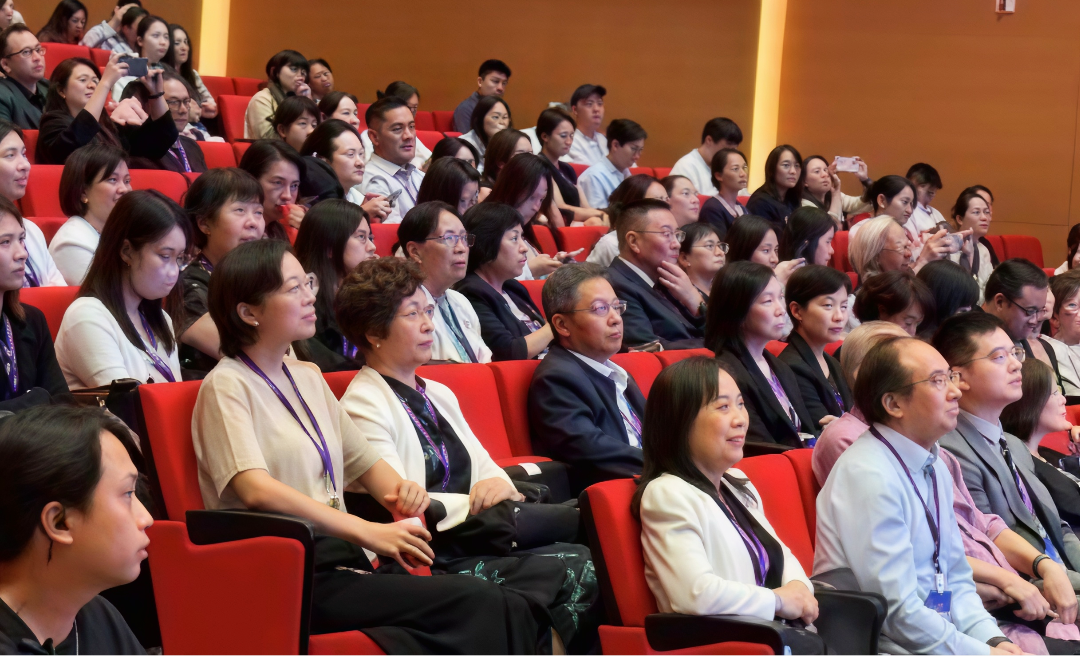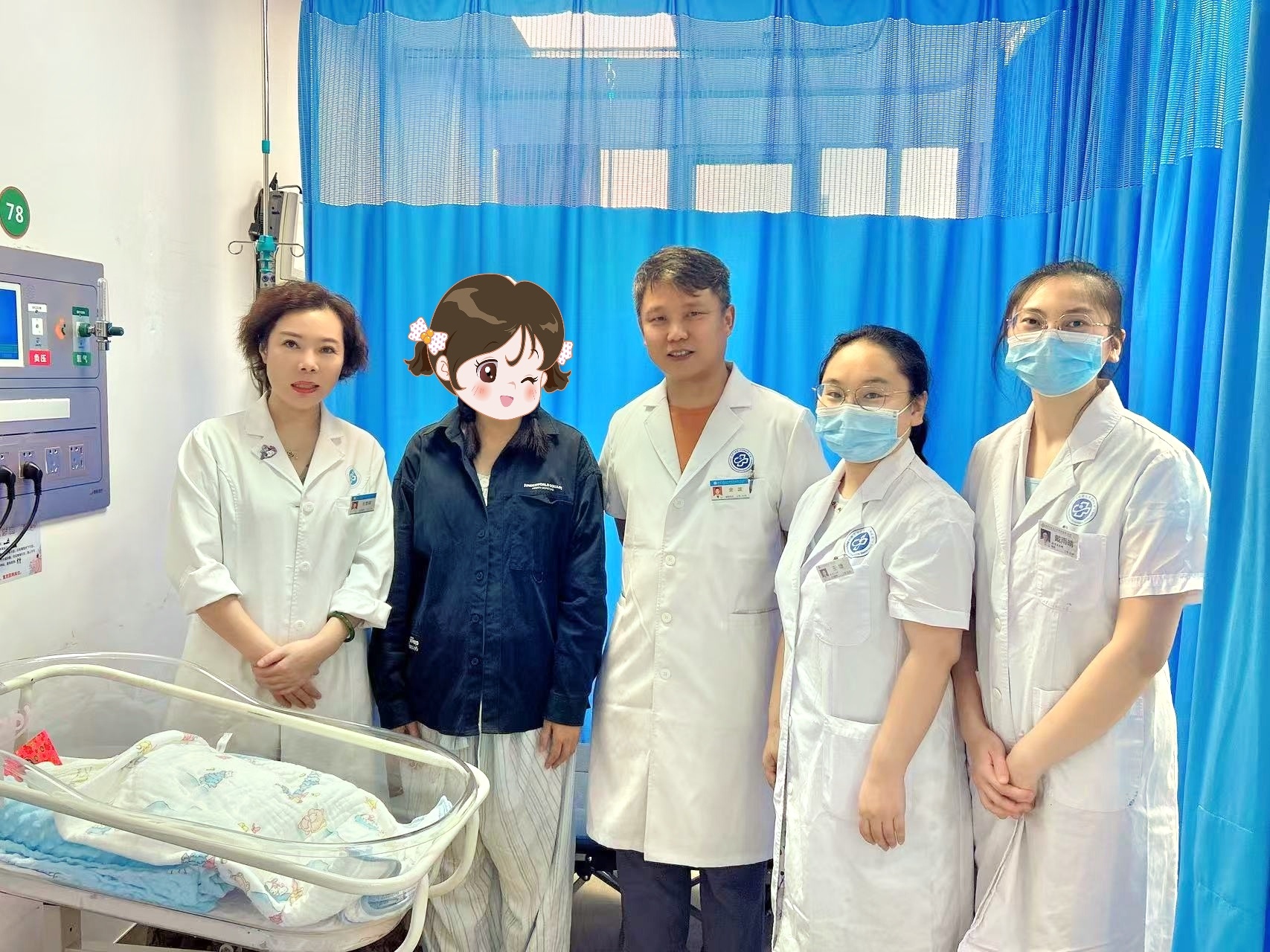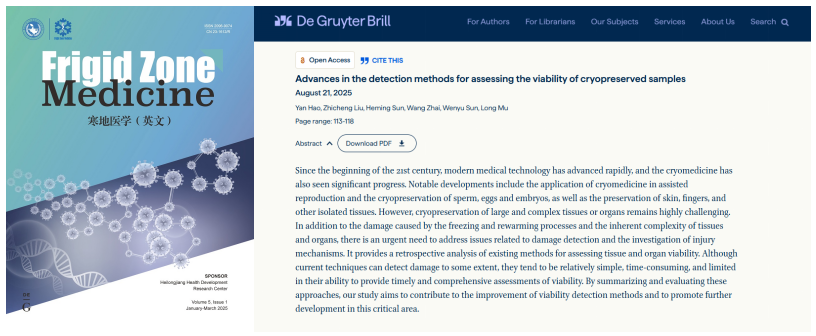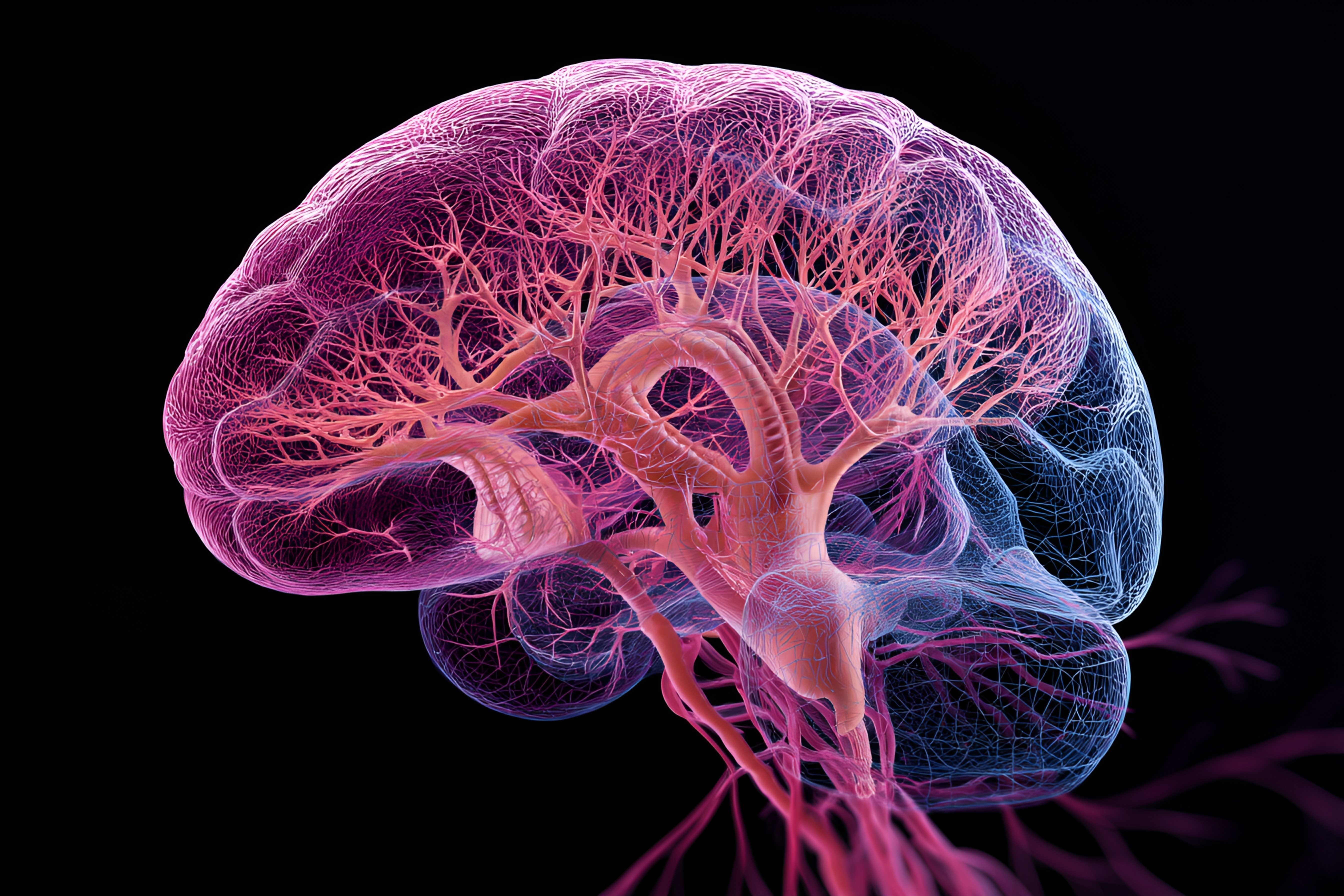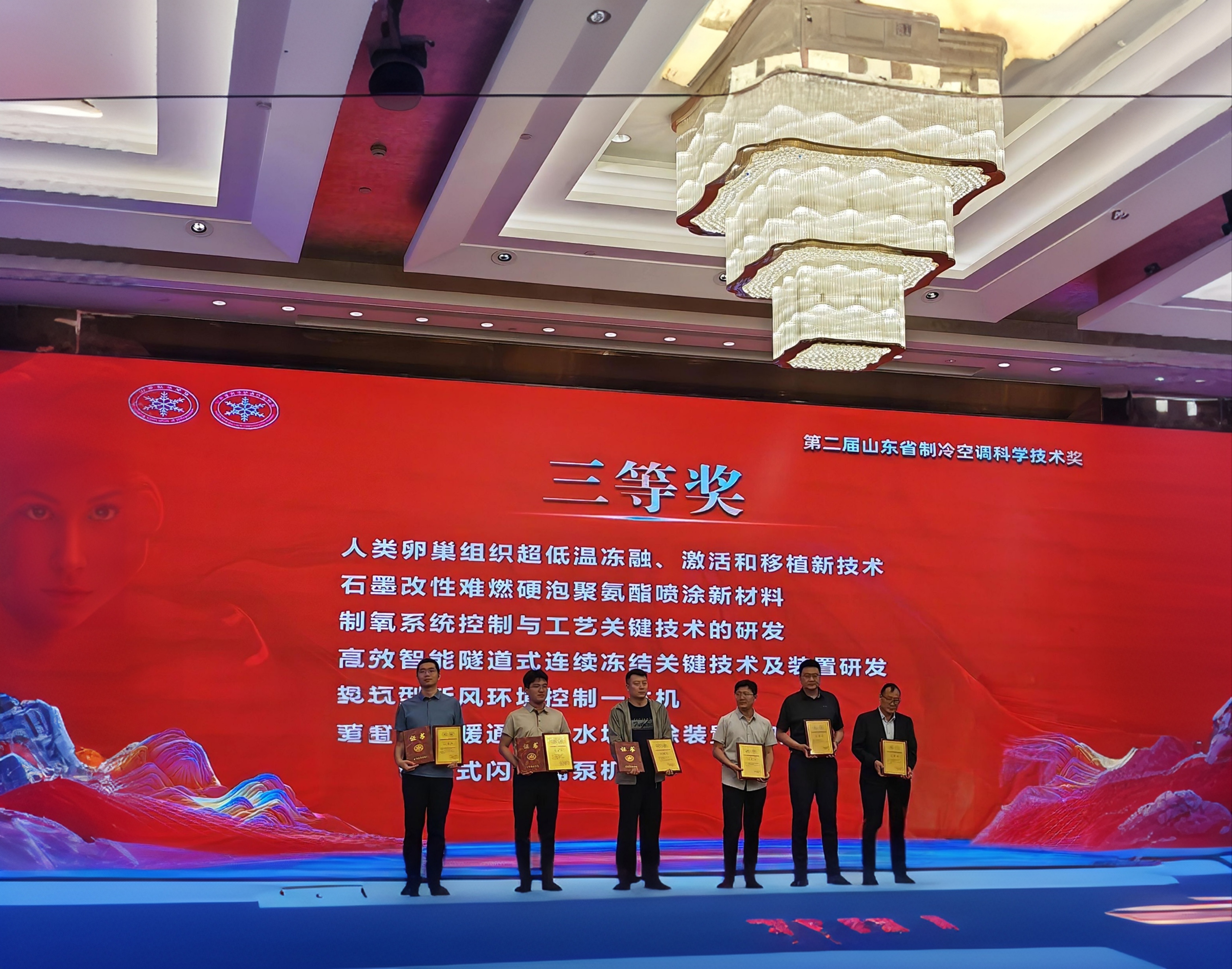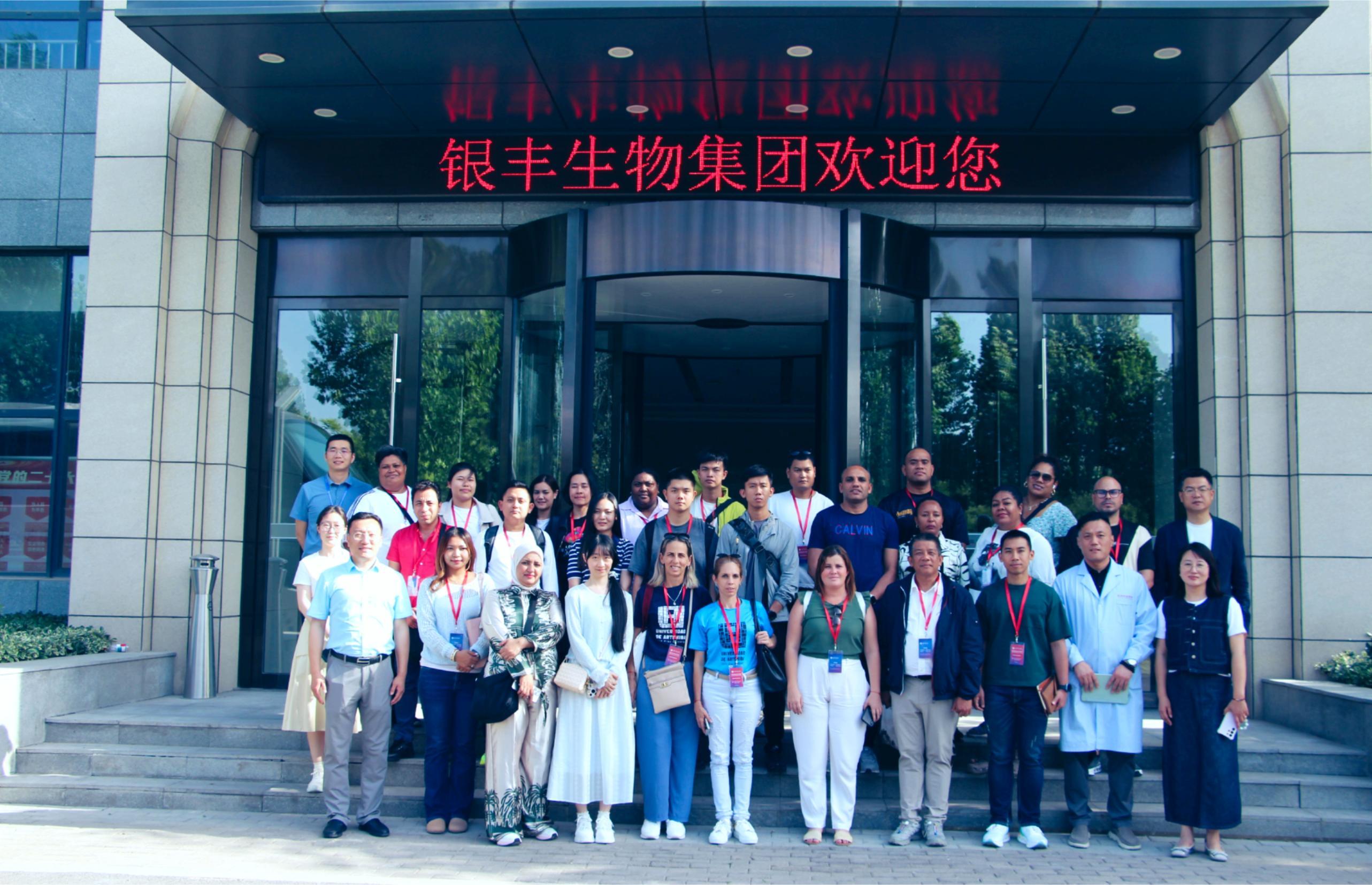Cellular Life After Death: A Paradigm Shift
Release time:
2024-10-21
Today, we tackle the often avoided topic of death. Conventionally, life and death are seen as distinctly separate binary states: one is either living or dead. But is this truly the case? A recent study challenges this understanding.
The Astonishing "Third State"
Peter A. Noble, an Associate Professor of Microbiology at the University of Washington, and Alex Pozhitkov of City of Hope have uncovered a mysterious "third state" existing between life and death. Noble explains, "Traditionally, life and death are considered opposites, but we have discovered that cells in deceased organisms can give rise to new multicellular forms of life, prompting fresh reflections on the boundaries between life and death."
In simpler terms, following the death of a biological organism, cells don't cease functioning immediately. Under appropriate conditions, such as stimuli from nutrients, oxygen, or biological signals, they can grow and form new life forms.
Noble and Pozhitkov demonstrated experimentally that the mRNA in zebrafish and mice significantly increases days post-mortem, and some human brain cells continue to grow, surviving up to 96 hours. Thus, organismal death doesn't equate to the complete demise of all cells within the body.
Research indicates that different cells have varying survival durations post-mortem. For instance, in humans, white blood cells die 60 to 86 hours after death. In mice, skeletal muscle cells can regenerate 14 days after death, while fibroblasts from sheep and goats can be cultured for about a month.
These cells in the "third state" might open new avenues in medical research.
Cellular Life Span Post-Mortem
In fact, modern organ transplantation provides substantial evidence of this phenomenon. Research shows that skin cells extracted from dead frog embryos can spontaneously reorganize into micro multicellular organisms called xenobots. These xenobots can even navigate their environment, performing complex tasks using "cilia."
A similar phenomenon has been observed in human cells. Scientists discovered that human lung cells could form micro-organisms termed anthrobots post-mortem, which not only move but also possess self-repair abilities.
Unveiling the Miracle of Life After Death…
What Constitutes Death? Science Reimagines Life's Possibilities
Consider this: before the 20th century, if a person collapsed and ceased breathing, medical authorities of the time might have declared them dead. Today, similar scenarios won't lead to such hasty conclusions, as resuscitation techniques like CPR are implemented. Fifty years ago, what we considered deceased may no longer hold true today. Our understanding of death is merely a reflection of the current technological context.
Currently, medical determinations of death rely on ECG data and brain death. However, the brain doesn't instantly perish minutes after oxygen deprivation; rather, a cascade of reactions triggered by the loss of warm blood circulation takes place, much like the decline of other cells.
Thus, "biological death" emerges as a concept—a state where the cerebral cortex and brain cells undergo necrosis, metabolism halts, and irreversible changes occur. Yet, before these changes finalize, future technology like nanotechnology and molecular-level repair may allow brain survival without heart blood supply, potentially ushering a possibility of "resurrection."
Life's essence transcends our imagination's complexity. Exploring these life-death boundaries might yield groundbreaking insights, re-defining what constitutes life. Motivated by myriad reasons, scientists delve deeper into life's mysteries, and the future may hold unforeseen surprises.
Latest developments
Over the two days, the symposium was not only a collision of ideas but also seeds sown to advance social progress in life culture. The Shandong Yinfeng Life Science Public Welfare Foundation will continue to use technology as wings and culture as roots, collaborating with all sectors of society to enhance the quality of life for the Chinese people and build a human-centered life care system.
According to recent announcements by the Jinan Municipal Bureau of Science and Technology, 11 outstanding achievements from Jinan have been included in the 2025 "Shandong Outstanding Achievements Report" project. Among them is the globally first-of-its-kind ovarian tissue dual-activation technology developed by Shandong Silver Med Life Science Research Institute (Jinan).
Recently, Frigid Zone Medicine, an authoritative international journal in the field of cryomedicine, published an important review titled "Advances in the Detection Methods for Assessing the Viability of Cryopreserved Samples". Written by the team of Yinfeng Cryomedical Research Center, the article systematically reviews and analyzes various detection techniques currently used to evaluate the viability of cryopreserved cells, tissues, and organs. It also proposes key directions from the perspectives of methodological integration and future instrument development, offering crucial theoretical support and practical guidance for the long - term cryopreservation of complex tissues and organs.
Recently, the "Novel Technology for Ultra-Low Temperature Cryopreservation, Activation, and Transplantation of Human Ovarian Tissue," developed through a collaborative effort between Shandong Yinfeng Life Science Research Institute and Beijing University of Chinese Medicine Shenzhen Hospital, has been awarded the 2025 Shandong Refrigeration and Air Conditioning Science and Technology Award. This groundbreaking technology pioneers a new pathway for female fertility preservation, marking a significant leap in China’s interdisciplinary advancements in reproductive medicine and cryobiology.
On May 19, a delegation from the Chinese Training Workshop for Government Officials of Developing Countries visited the exhibition hall of Yinfeng Biological Group's Cryomedicine Research Center. Government officials from multiple countries gained in-depth insights into Yinfeng’s innovative achievements in cryobiomedicine, cell storage, genetic technology, and other fields. They engaged in discussions with the delegation on technology transfer and international cooperation, contributing to the building of a global community with a shared future for humanity.



